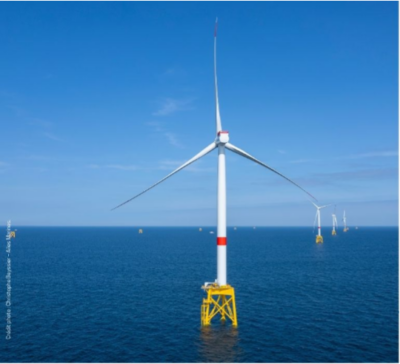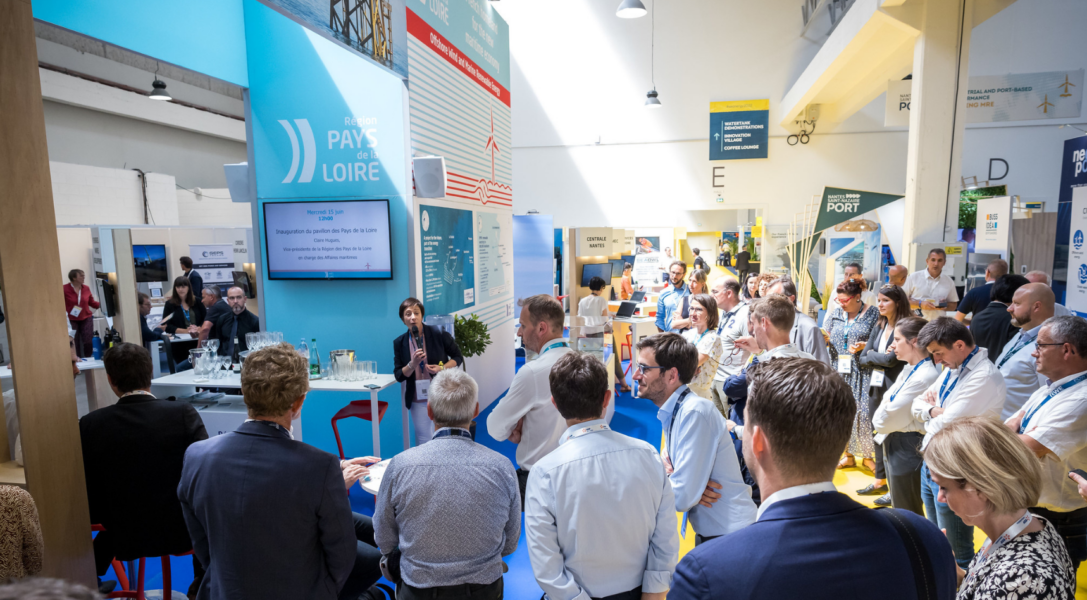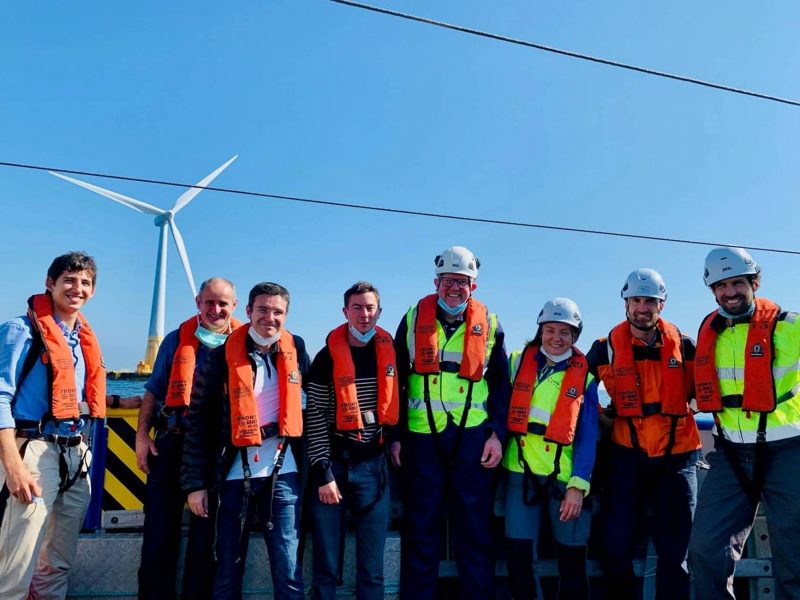News
Agenda
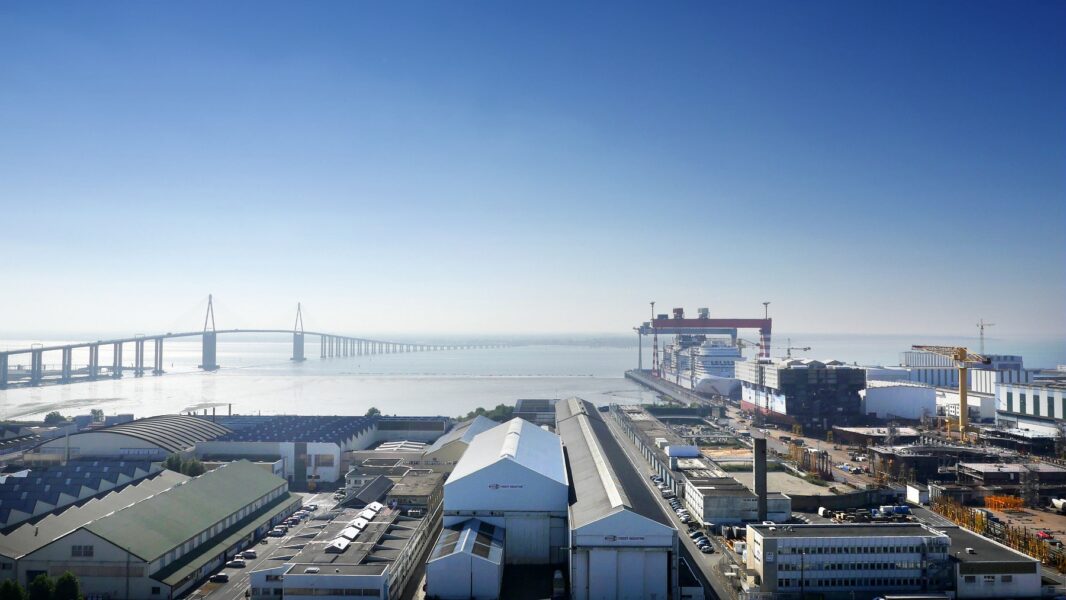
Saint-Nazaire designated as industrial integration base for the Yeu-Noirmoutier offshore wind farm
9 October 2023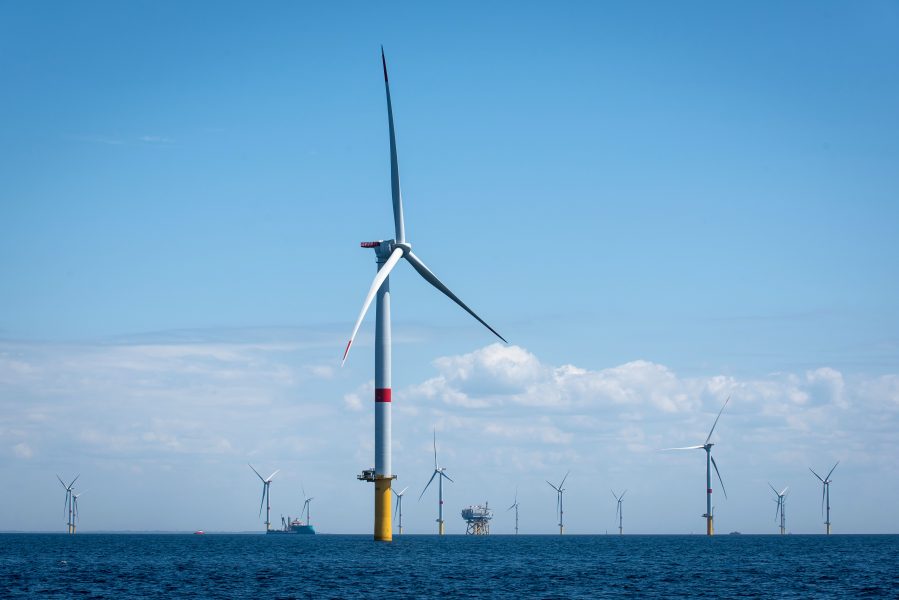
Pays de Loire is once again France’s leading region for marine renewables!
29 June 2023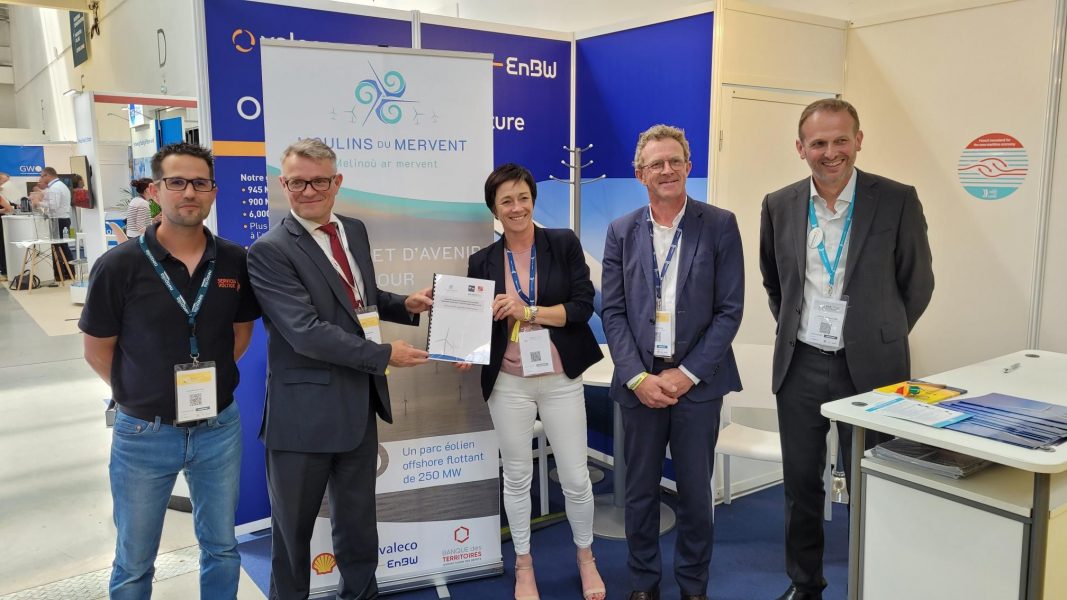
Moulins de Mervent: “Committed to local content”
31 October 2022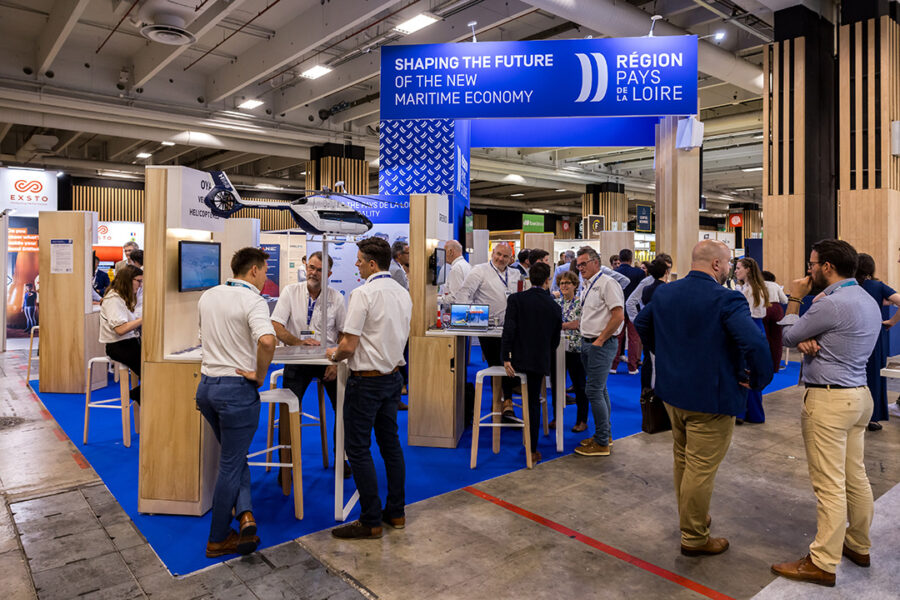
Seanergy 2024 comes to Pays de la Loire – the heart of marine renewable energy in France
21 November 2023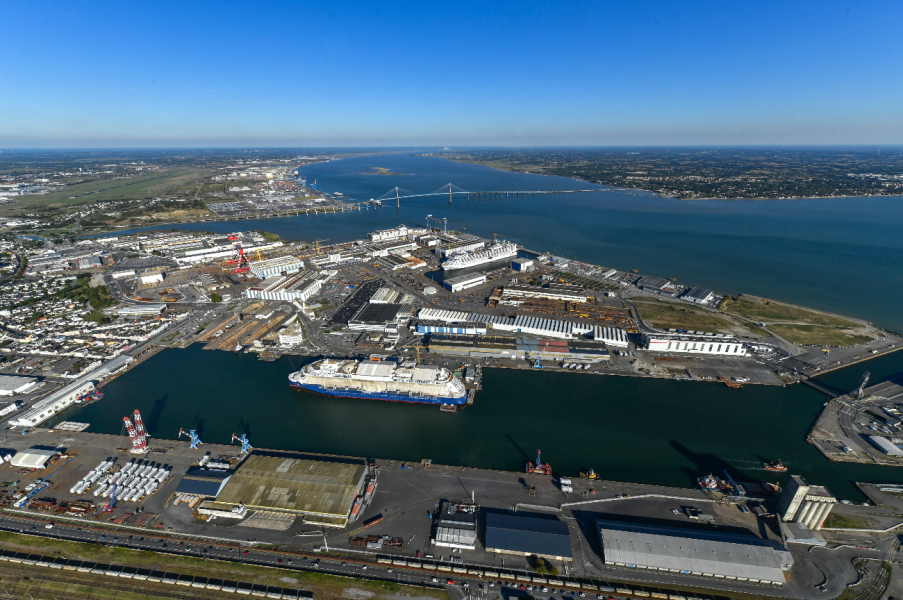
Ports and marine renewable energy
30 June 2023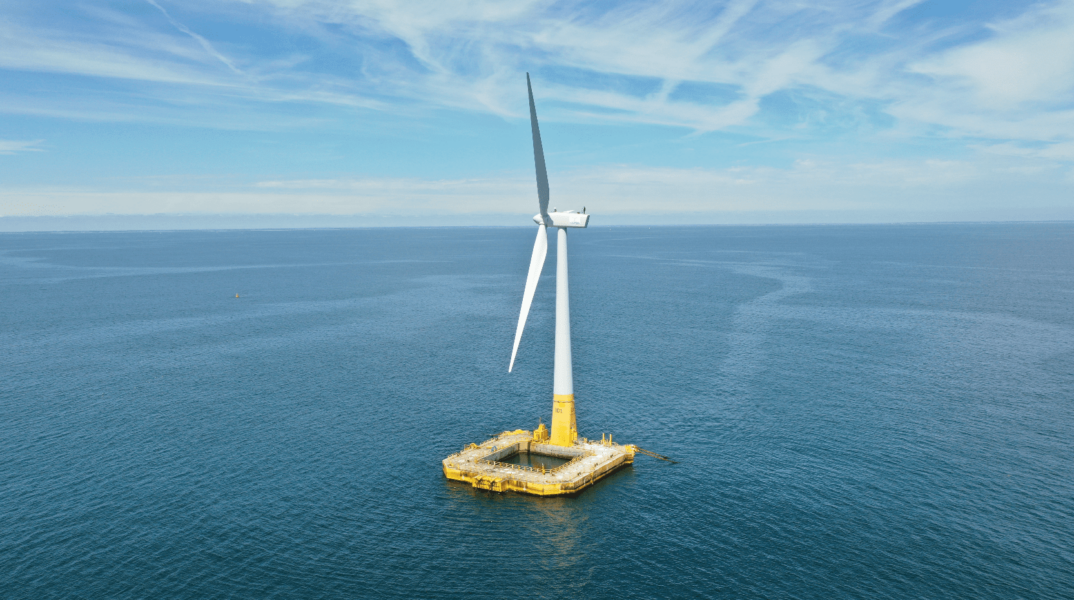
Pays de la Loire region hosts FOWT 2023
10 May 2023
